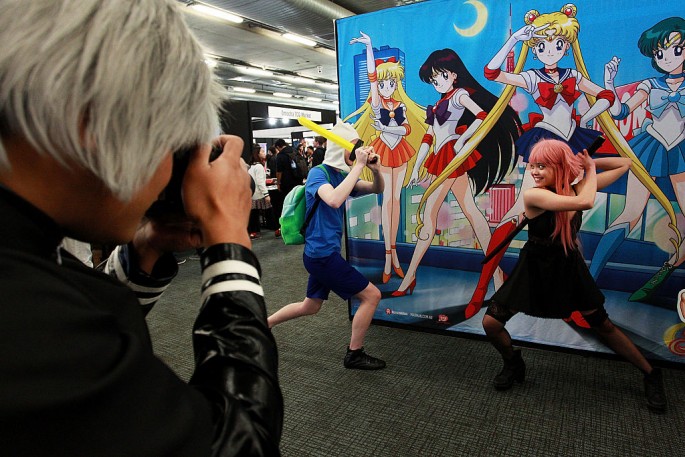The desire for virtual getaways is why demand for online Japanese anime, comics, games and novel has ballooned to a 250-billion-yuan ($38 billion) market in China.
But with the demand growing at an exponential pace, CITIC securities estimated that the market for Japanese anime products could double to 500 billion yuan in a few years, reported Fortune. There are currently 200 million Chinese fans of anime who spend time and money on products such as watching Japanese manga shows like “Gangsta” and “Gin Tama.”
Rae Yang, a 27-year-old employee of a state-owned Chinese bank, explained that Japanese anime are different from cartoons from children because it is “based on real lives but produced in a very interesting way.”
Alibaba and Tencent, internet giants of China, have noticed the high demand for Japanese anime among Chinese consumers and invested in anime-streaming websites and domestic art studios. They would offer Japanese manga content in terms of plot and art quality but charge higher subscription fees, hoping that the local anime rand would be appreciated as well by young Chinese.
AcFun, an anime site, raised $50 million in a funding round in August led by Youku Tudou, the video-streaming site of Alibaba. In September, Alpha Animation, based in Shenzhen, purchased for 900 million yuan ($137 million) You yaoqi, a Chinese anime site. After two months, Tencent acquired a 15 percent stake in Bilibili, a video-sharing site, which would produce 20 domestic anime series for the Chinese market over the next two years.
For anime newbies, Nerdist provided a three-period era of Japanese anime that could guide them in looking for mangas. First, is the Vintage period which covers the years 1980-1995, with “Dominion Tank Police” as an example of a manga from this period. Second, is Midway period, covering 1995-2010, with “Perfect Blue” as representative of the era. Third, is Modern period, beginning with 2010, with “Saint Young Men” as an example.



























